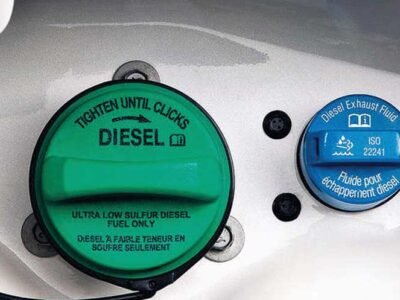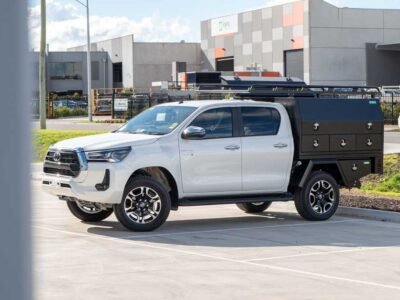In most cases, buying a new car can be an exciting experience. You’d probably like the idea of driving a shiny new model. Unfortunately, dealing with the dealership can be daunting. On top of that, you’d also be wondering what you want to do with your current car.
While it’s true that selling a used car can be a profitable solution, there are instances wherein trading in your vehicle may be the ideal option for you. This is especially true if you want to pay less in your sales taxes. You’d only pay sales tax based on the difference that’s left after subtracting the trade-in amount from the new car price.
So, if you’ve decided to trade in your used vehicle, below are a few tips to consider from the get-go:
-
Determine Your Car’s Estimated Trade-In Value
Before entering into any trade-in negotiation, it’s important that you know what your vehicle is worth. There are many car appraisal tools that you can use to get your car’s estimated trade-in value. However, in doing so, you should be careful in providing your vehicle’s actual condition.
For example, if your car is well-maintained, it’s considered in clean condition. But, if you’re unsure about its condition level, it may be a good idea to err on the side of caution. Also, when getting your vehicle’s trade-in value, be sure to provide additional details, including the correct mileage.
When you have these details in place, you can come up with a target trade-in price range for your negotiations.

-
Stage Your Car
If you want to successfully trade in your vehicle at the most reasonable price, then you should make a real effort to stage it. This means you should have it washed, vacuumed, and waxed to attract more dealers and other interested buyers to make a deal with you.
Also, when you stage your car, you can ensure the dealers and other car buyers will make a good determination on its value as they walk around it.
-
Request Quotes For Your Trade-In
One of the steps for trading in a car is to solicit quotes from different dealerships for comparison. In doing so, be sure to gather all necessary documents such as the vehicle title, driver’s license, current vehicle registration, vehicle keys, and many more.
Once you have these documents ready, start getting quotes by calling the dealerships and other car buyers and telling them that you want to purchase a vehicle but you’re looking for a fair price for your trade-in. They can provide you with an estimated based on the description you give about your car’s condition or after conducting a physical inspection.
-
Negotiate Your Trade-In Price
Once all potential dealers and other car buyers provide their estimated trade-in value, the next step in the trading-in process is to negotiate the price. Typically, you don’t have to accept the first offer you come across. Since most of them start with a low-ball offer, you can try to provide a counter-offer with a much higher amount.
Also, if you’re planning to purchase one of the common types of brand-new cars from the same dealership who also accommodate your trade-in, make sure they don’t increase the price of the new vehicle just to make up for the trade-in price they offer you.
-
Be Ready With Your Car-Related Receipts
When trading in your car, it’s important to keep the essential records and receipts for documentation purposes. That’s because when the day you’ll finally trade in your vehicle, you’re able to show all the receipts of all car-related purchases, including the repairs done on the vehicle.
Not only that but when the dealers or car buyers ask some questions about the condition of a particular area of your car, you can support it with the receipts as proof of anything done to the vehicle.
-
Close The Deal
Now that you’ve agreed on the trade-in price, it’s time to close the deal. However, there are some conditions to remember under the following circumstances:
- If you’re buying a new car from the same dealer, the trade-in value of your old vehicle will be subtracted from the new car price. The remaining amount will be either paid in cash or through an auto loan.
- If you’re not purchasing a new vehicle from the same dealer, you can get a check or cash for the value of the traded car which you can use as a down payment in case you want to buy somewhere.
Conclusion
Indeed, trading in can be one of the most popular options of getting rid of an old car while receiving value from it. However, the process can be a bit daunting, especially if you don’t receive the best deal from the car dealership or other car buyers you’re dealing with.
Thankfully, by following the steps mentioned above, you’ll know what to do if you decide to trade in your car anytime soon.












